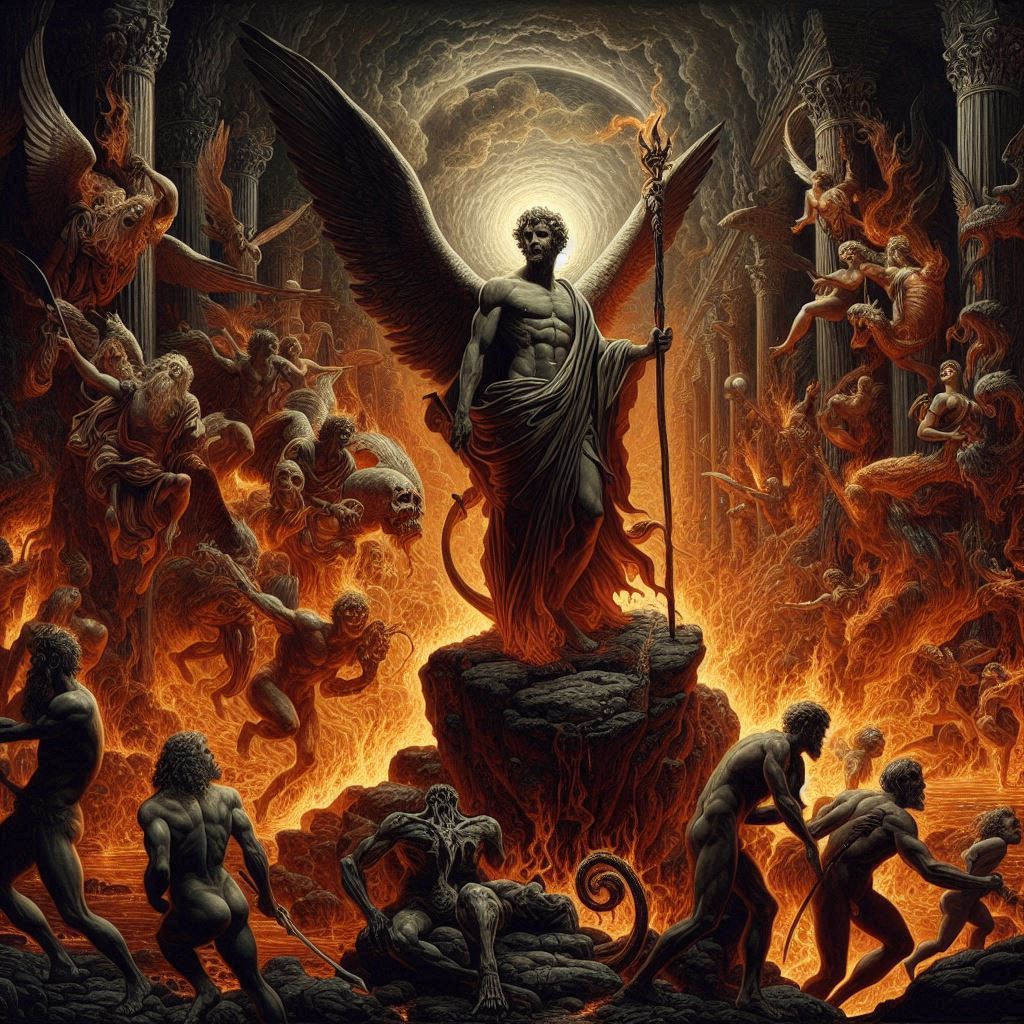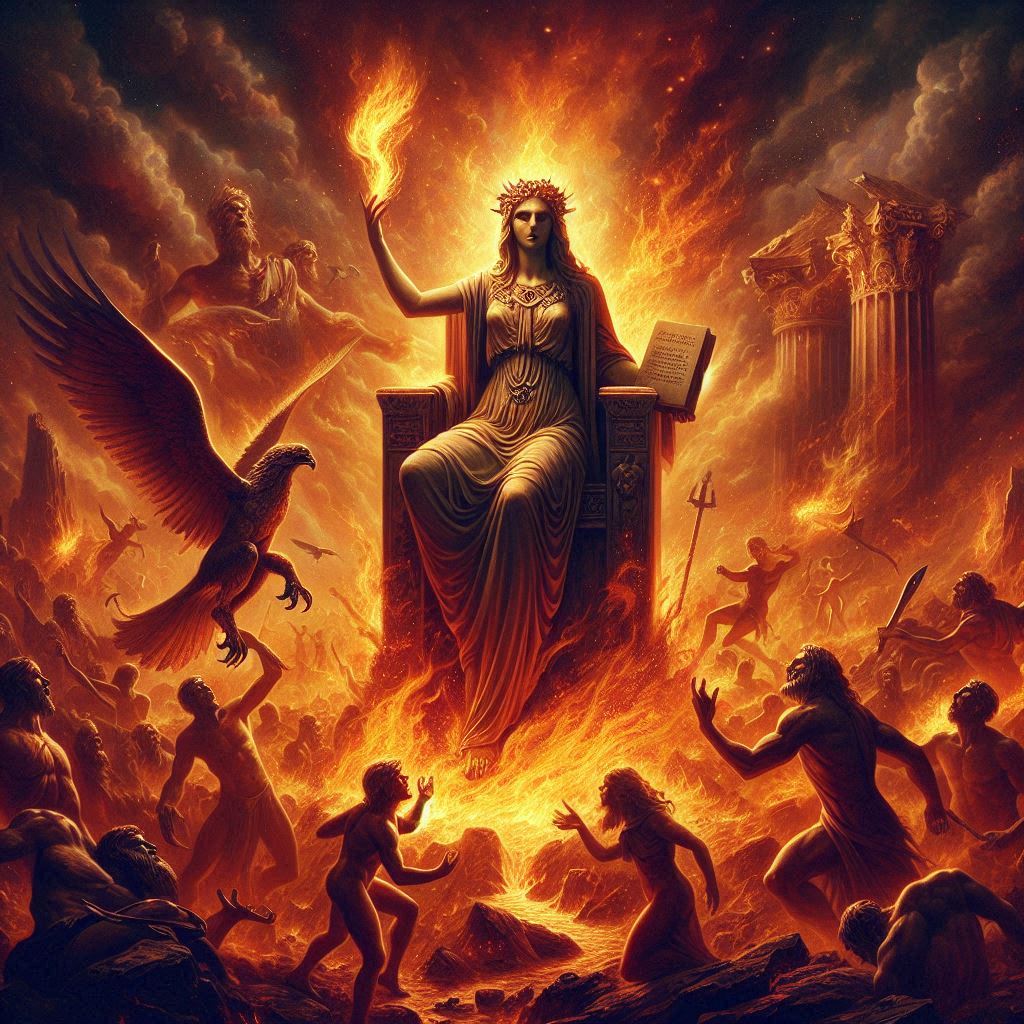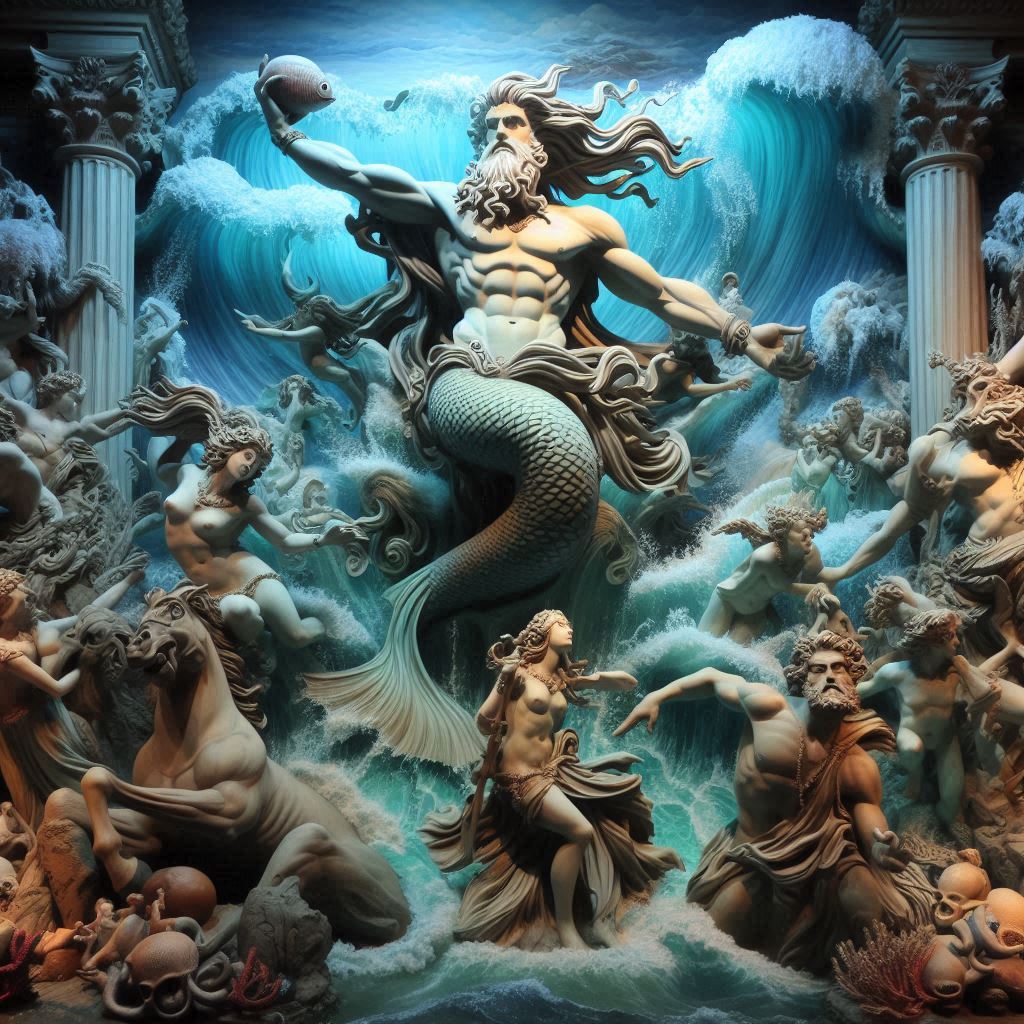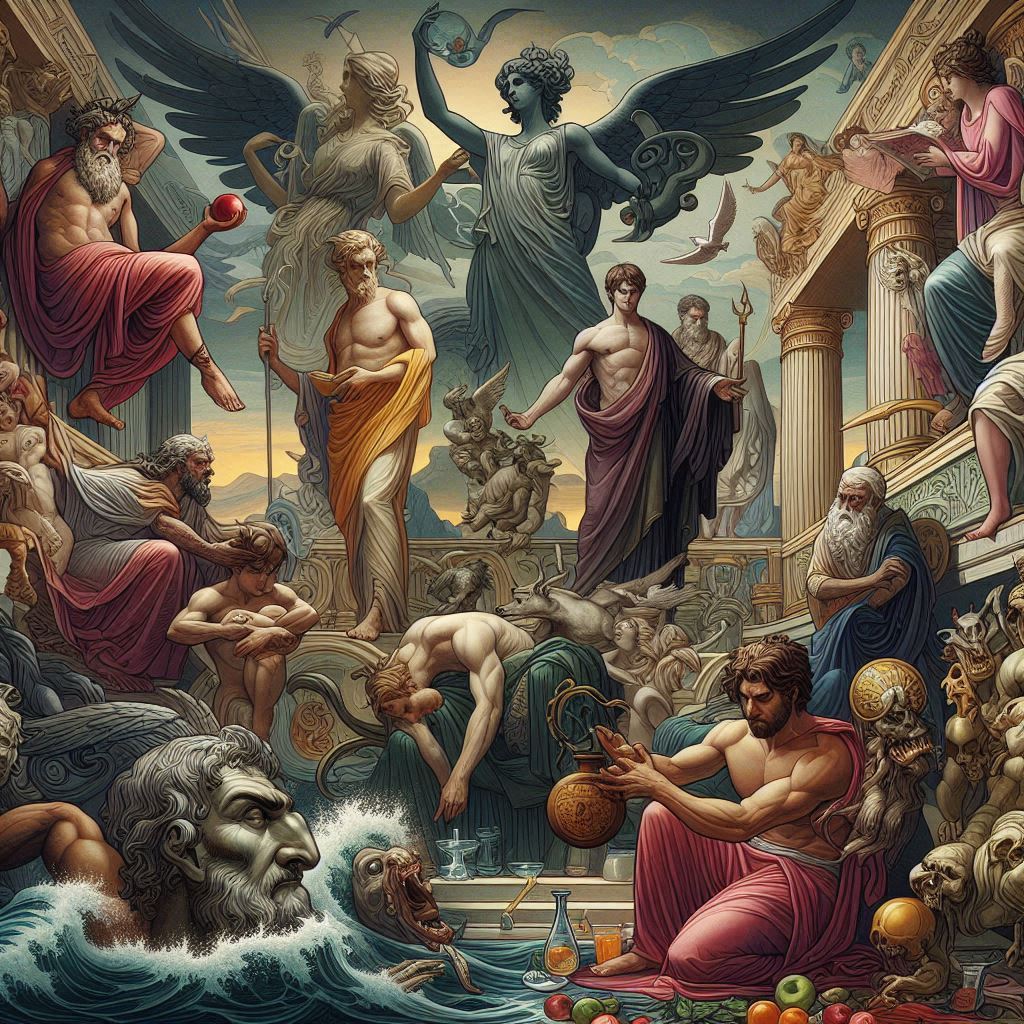Ramesses II, also known as Ramesses the Great, was an ancient Egyptian pharaoh who reigned from 1279 to 1213 BCE in the Nineteenth Dynasty of the New Kingdom. Renowned for his military prowess, he expanded the Egyptian Empire to its greatest territorial extent. Ramesses II is often associated with the biblical figure of the Exodus, although historical evidence supporting this connection is debated. His impressive building projects include the construction of numerous temples and monuments, with the most notable being the Ramesseum and the temples of Abu Simbel. Ramesses II is regarded as one of Egypt’s most powerful and influential pharaohs.
Ramesses II was born to Pharaoh Seti I and Queen Tuya, making him a member of the Nineteenth Dynasty of Egypt. His birth name was Ramesses, which means “Born of the Re,” associating him with the sun god Ra, a significant deity in the Egyptian pantheon. From a young age, Ramesses was groomed for leadership, receiving a comprehensive education that included military training, administrative skills, and a deep understanding of religious rituals and traditions.
In 1279 BCE, at the age of around 24, Ramesses II assumed the throne of Egypt after the death of his father, Seti I. His reign marked the beginning of a period of stability and prosperity for Egypt, as he inherited a strong and well-organized kingdom. Ramesses was not content to simply maintain the status quo; he sought to expand Egypt’s influence and secure its borders through a series of military campaigns.
One of the most significant events of Ramesses II’s early reign was the Battle of Kadesh, fought against the Hittite Empire around 1274 BCE. Kadesh, located in modern-day Syria, was a strategically important city, and both the Egyptians and the Hittites sought control over it. The battle was a colossal clash, and although the exact outcome is still debated among historians, it is generally considered a stalemate.
The Battle of Kadesh had diplomatic consequences, leading to the signing of one of the earliest known peace treaties in history, known as the Treaty of Kadesh. This agreement between Ramesses II and the Hittite king Hattusili III established a lasting peace and an alliance between the two powers. The treaty is inscribed on clay tablets and provides insights into the diplomatic and legal practices of the time.
Despite the challenges posed by external conflicts, Ramesses II focused on internal development as well. He embarked on an ambitious building program, constructing numerous temples, monuments, and statues throughout Egypt. The most renowned of these is the Ramesseum, a mortuary temple on the west bank of the Nile in Thebes. Dedicated to the god Ra, this temple complex showcased the grandeur and architectural prowess of the New Kingdom.
Another iconic monument associated with Ramesses II is the Abu Simbel temples, located near the southern border of Egypt. Carved into the mountainside, these temples were dedicated to Ra-Harakhty, Amun, and Ptah, as well as to Ramesses himself. The most striking feature is the colossal statues of Ramesses II, seated on thrones and towering over the landscape. The construction of Abu Simbel was a testament to both the pharaoh’s devotion to the gods and his desire to leave an enduring legacy.
Ramesses II’s impact extended beyond the realm of architecture; he was also a prolific writer and left an extensive record of his reign. The Ramesseum’s walls are adorned with inscriptions and reliefs detailing the pharaoh’s military campaigns, religious activities, and civic achievements. The king’s inscriptions, known as the “Poem of Pentaur,” describe the Battle of Kadesh and emphasize Ramesses II’s bravery and divine favor.
In addition to his monumental construction projects, Ramesses II expanded and enhanced existing temples and cities. Luxor, the religious capital of ancient Egypt, saw significant development during his reign, with additions to the Karnak Temple complex and the construction of the Luxor Temple. These structures served both religious and political purposes, reinforcing the connection between the pharaoh and the gods while also displaying the wealth and power of Egypt.
Ramesses II’s family life was equally noteworthy, with the pharaoh marrying multiple wives and fathering numerous children. One of his most prominent queens was Nefertari, who played a significant role in the political and religious aspects of his reign. Nefertari’s tomb in the Valley of the Queens is a testament to the high regard in which she was held, featuring intricate paintings and inscriptions that depict her as a beloved consort and a powerful figure in her own right.
The death of Nefertari deeply affected Ramesses II, and her passing marked the beginning of a period of significant loss for the pharaoh. Despite his efforts to secure an heir, many of his children predeceased him, leading to a complex succession scenario. Ramesses II ultimately outlived most of his sons, and his thirteenth son, Merneptah, succeeded him upon his death in 1213 BCE.
Ramesses II’s mummy, discovered in the Deir el-Bahari cache, revealed much about the pharaoh’s physical appearance and health. He was tall for his time, with a strong build and well-preserved features. Analysis of his remains suggested that he suffered from arthritis and dental issues, reflecting the challenges faced by even the most powerful individuals in ancient times.
The legacy of Ramesses II endured long after his death. His military campaigns, diplomatic achievements, and monumental constructions left an indelible mark on Egypt’s history. The enduring fame of his name is perhaps best exemplified by the epithet “Ramesses the Great,” a title bestowed upon him by later generations, emphasizing the impact and grandeur associated with his rule.
Ramesses II’s influence extended to subsequent pharaohs, who often sought to emulate his military successes and construction projects. The enduring significance of his reign is also evident in the ongoing fascination with ancient Egypt, with tourists from around the world visiting the temples and monuments built by Ramesses II thousands of years ago.










